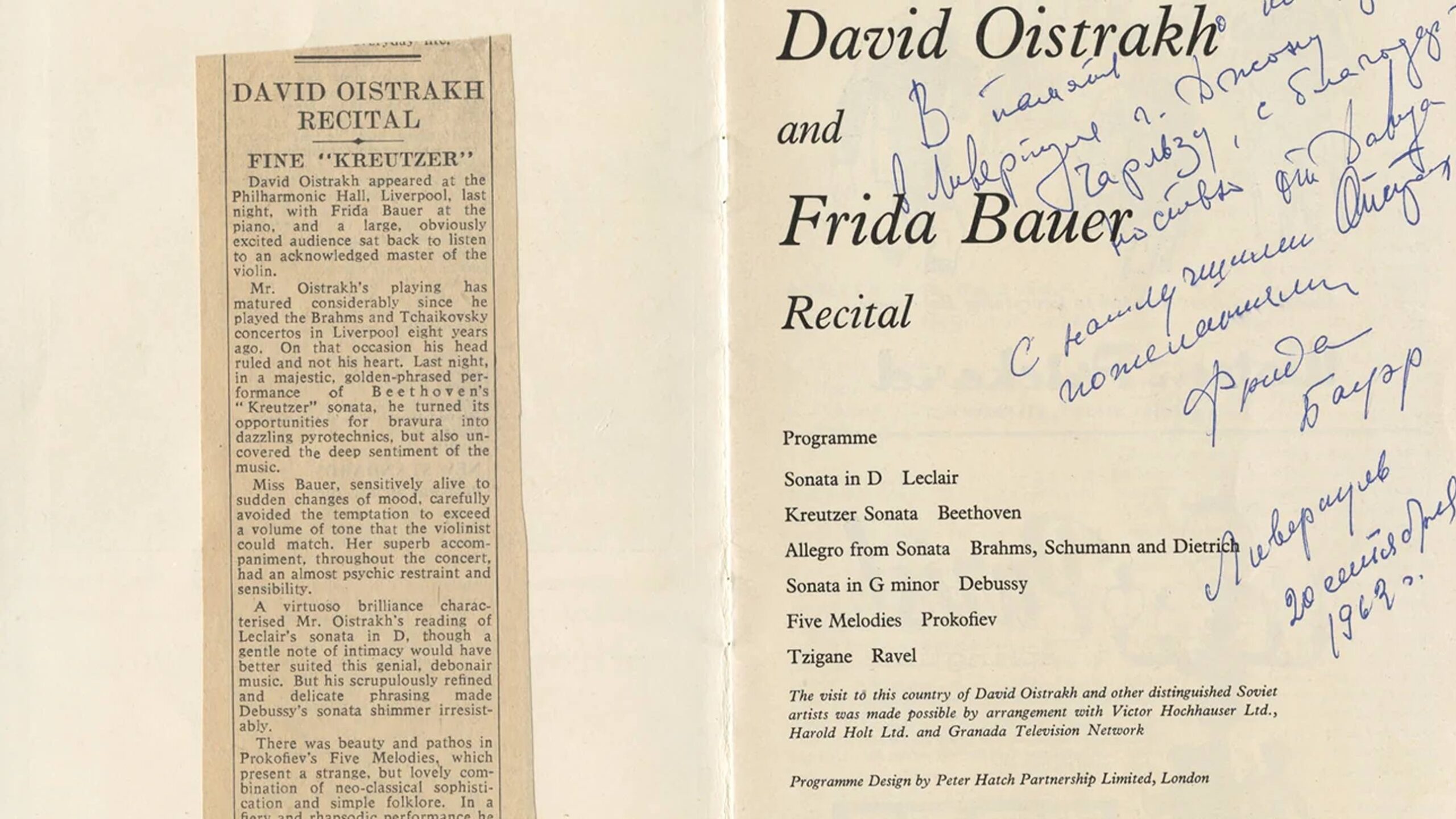Ravel’s “Menuet sur le nom d’Haydn”: An Homage in Code
In 1909, the Revue musicale mensuelle de la Société Internationale de Musique commissioned six French composers to write pieces in commemoration of the centenary of the death of Franz Joseph Haydn. Ravel’s 54-bar-long minuet is built on a five-note motif outlining Haydn’s name. The French system for musical cryptograms involves the entire alphabet, with H-N, O-U, and V-Z in lines under the original diatonic notes A-G. In Ravel’s score, H is represented by B natural, A and …







